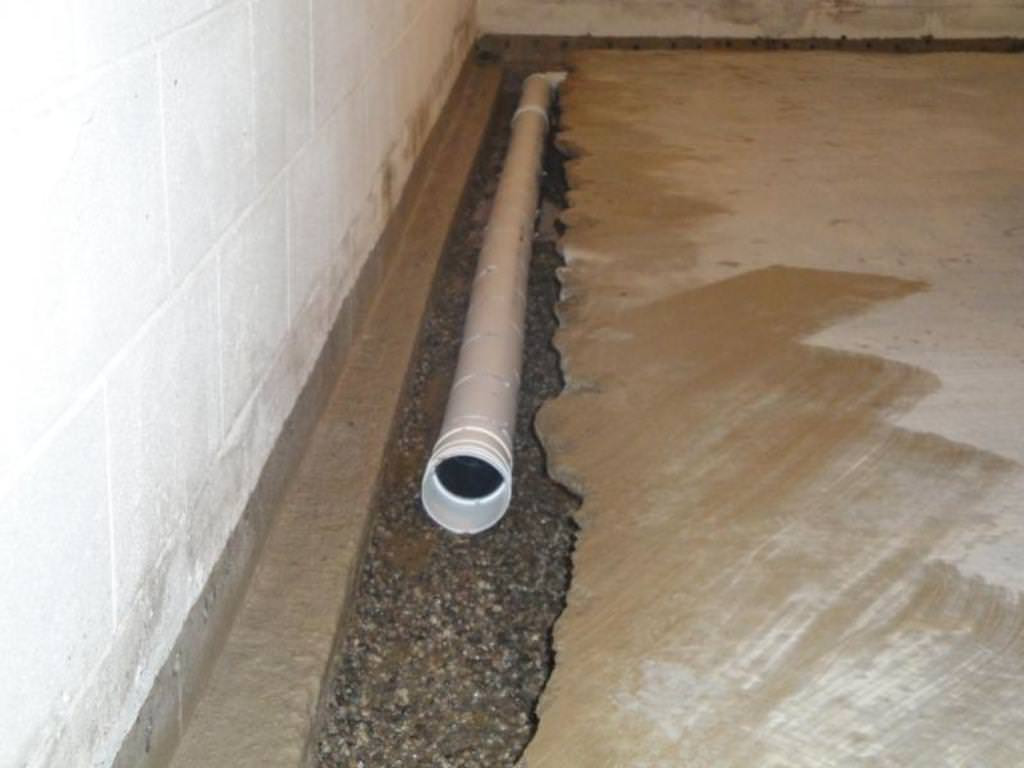A dry and secure basement is fundamental to maintaining the structural integrity and overall health of a home. Basement waterproofing is a proactive measure that prevents water intrusion, mold growth, and structural damage. In this article, we will delve into five common basement waterproofing steps, providing homeowners with insights into essential practices that contribute to a resilient foundation.
Exterior Waterproofing:
Exterior waterproofing is a foundational step in preventing water from entering the basement through the exterior walls. This process involves the application of a waterproof membrane to the outside of the foundation. The membrane acts as a barrier, diverting water away from the foundation and preventing it from seeping into the basement.
Professionals conduct a thorough assessment of the property to identify vulnerabilities, such as poor drainage or compromised foundation walls. Once identified, they apply the waterproofing membrane, ensuring comprehensive coverage to safeguard against potential water infiltration. Exterior waterproofing is particularly effective in areas prone to heavy rainfall or high groundwater levels.
Interior Drainage Systems:
Interior drainage systems are crucial for managing water that has already entered the basement. Common methods include the installation of French drains or a perimeter drain system. These systems collect water that accumulates in the basement and directs it away from the foundation, preventing pooling and potential damage.
Professionals strategically place these drainage systems along the interior perimeter of the basement to intercept water before it reaches the living space. Interior drainage systems are essential components of a comprehensive waterproofing strategy, particularly in regions with fluctuating water tables or heavy rainfall.
Sump Pump Installation:
A sump pump is a mechanical device installed in a designated pit on the basement floor. It plays a pivotal role in preventing basement flooding by collecting and pumping out excess water. Sump pumps are especially valuable in areas prone to storms, heavy rainfall, or where the water table is high.
The installation of a sump pump involves excavating a pit, placing the pump inside, and connecting it to a discharge pipe that directs water away from the home. Regular maintenance, including testing the pump and ensuring proper drainage, is essential to its effective operation.
Foundation Crack Repair:
Foundation cracks can provide a direct pathway for water to infiltrate the basement. Prompt identification and repair of these cracks are essential components of any basement waterproofing plan. Professionals often use epoxy or polyurethane injections to seal foundation cracks effectively.
During this process, the cracks are thoroughly cleaned, and the chosen material is injected to fill and seal the voids. This not only prevents further water intrusion but also reinforces the structural integrity of the foundation. Regular inspections and timely repairs are vital to addressing foundation cracks before they escalate into more significant issues.
Vapor Barrier Installation:
Managing indoor humidity levels is an integral part of basement waterproofing. Vapor barrier installation involves placing a moisture-resistant barrier on the interior walls of the basement. This barrier helps control humidity levels and prevents condensation that can lead to mold growth and structural damage.
Professionals ensure proper installation, covering the walls entirely and addressing potential gaps or seams. The vapor barrier complements other waterproofing measures, creating a holistic approach to moisture control in the basement.
Basement waterproofing is a critical investment in the long-term health and stability of a home. The five common steps outlined—exterior waterproofing, interior drainage systems, sump pump installation, foundation crack repair, and vapor barrier installation—form a comprehensive strategy to prevent water intrusion and safeguard the basement against potential damage.
Professional expertise is paramount in executing these steps effectively. Qualified waterproofing professionals bring a wealth of knowledge, experience, and access to advanced technologies to address the specific challenges posed by each home’s unique characteristics. Their comprehensive approach ensures that potential vulnerabilities are identified and addressed, providing homeowners with peace of mind regarding their basement’s resilience against water infiltration.
In conclusion, a dry and secure basement is not only essential for the structural integrity of a home but also contributes to a healthier living environment. By following these common basement waterproofing steps and enlisting the expertise of professionals, homeowners can proactively protect their investment and enjoy the benefits of a dry, comfortable, and resilient living space.
Contact the Professionals at AquaGuard Waterproofing Today! (301) 595-9670





